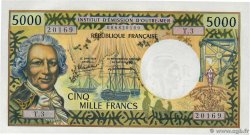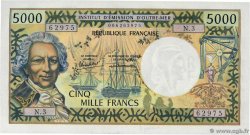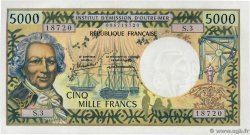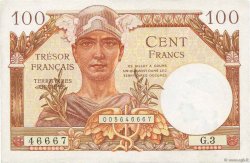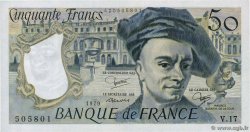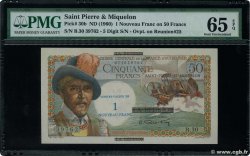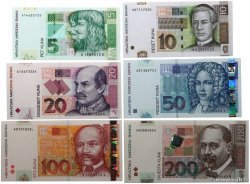Live auction - 518137 - 50 Centimes TAHITI 1920 P.-


Usted debe firmar y ser un comprador aprobado para pujar, Inicia sesión para pujar. Las cuentas están sujetas a la aprobación y el proceso de aprobación se alcanzan dentro de las 48 horas. No espere hasta el día en una venta se cierra el registro.Al hacer una oferta en este artículo usted está firmando un contrato jurídicamente vinculante para comprar este artículo y haga clic en «oferta» constituye una aceptación de los términos de uso de live auctions de cgb.fr.
La subasta debe ser colocado en euros enteros cantidades venta only.The se cerrará en el momento en la descripción del artículo, no se ejecutarán las ofertas recibidas en el sitio después de la hora de cierre. Veces Transmition pueden variar y las ofertas pueden ser rechazadas si espera a los últimos segundos. Para más información envie el FAQ Live auction.
Las ofertas ganadoras estarán sometidas a un 18% IVA incluido por gastos de participación a la venta.
Las ofertas ganadoras estarán sometidas a un 18% IVA incluido por gastos de participación a la venta.
| Valoración : | 5 000 € |
| Precio : | 2 600 € |
| Oferta más alta : | 2 700 € |
| Fecha de fin de la venta : | 07 enero 2025 18:41:47 |
| participantes : | 2 participantes |
Valore faciale : 50 Centimes
Fecha: (1920)
Provincias/Bancos Banque André Krajewski
N° en el catálogo de referencia: P.-
Otra referencia: K.539
Alfabeto - Serie : N°731
Comentario
Les billets de la Banque André Krajewski sont très rares, cet exemplaire est exceptionnel. Composé de deux parties unifaces sur papier fort. Il ressemble au Bon pour 2 Francs illustré dans le Kolksy mais en version anglaise. Au recto (uniface), seul le texte en haut est en français "Bon pour cinquante centimes". Au verso (uniface) à nouveau un tampon Andre Krajewski, la valeur 0,50 et un tampon ovale : Krajewski Papeete (Tahiti) et le numéro 731 manuscrit au centre. Nous connaissons un autre exemplaire, numéroté 738 mais en version française ! (livre Tahiti et sa Monnaie, Ch. Beslu 1997). Peut-être que les deux parties devaient être collées ensemble à l'émission pour rendre le billet plus solide et faciliter une impression recto puis verso pour les versions françaises et anglaises. Le Docteur Kolsky indique que les exemplaires vus étaient sur carton mais peut-être étaient-ils aussi composés de deux parties collées. Ce document incroyable apporte décidément autant de réponses que de questions. (voir article Bulletin Numismatique 243 juillet 2024).
Banknotes from the André Krajewski Bank are very rare, this example is exceptional. Composed of two single-sided parts on strong paper. It resembles the Bon pour 2 Francs illustrated in Kolksy but in English version. On the front (single-sided), only the text at the top is in French \\\"Bon pour quinze centimes\\\". On the back (single-sided) again an Andre Krajewski stamp, the value 0.50 and an oval stamp: Krajewski Papeete (Tahiti) and the number 731 handwritten in the center. We know of another example, numbered 738 but in French version! (book Tahiti et sa Monnaie, Ch. Beslu 1997). Perhaps the two parts were to be glued together at the time of issue to make the note more solid and facilitate printing on both sides for the French and English versions. Dr. Kolsky indicates that the examples seen were on cardboard but perhaps they were also composed of two glued parts. This incredible document definitely provides as many answers as it does questions. (see article Bulletin Numismatique 243 July 2024)
Banknotes from the André Krajewski Bank are very rare, this example is exceptional. Composed of two single-sided parts on strong paper. It resembles the Bon pour 2 Francs illustrated in Kolksy but in English version. On the front (single-sided), only the text at the top is in French \\\"Bon pour quinze centimes\\\". On the back (single-sided) again an Andre Krajewski stamp, the value 0.50 and an oval stamp: Krajewski Papeete (Tahiti) and the number 731 handwritten in the center. We know of another example, numbered 738 but in French version! (book Tahiti et sa Monnaie, Ch. Beslu 1997). Perhaps the two parts were to be glued together at the time of issue to make the note more solid and facilitate printing on both sides for the French and English versions. Dr. Kolsky indicates that the examples seen were on cardboard but perhaps they were also composed of two glued parts. This incredible document definitely provides as many answers as it does questions. (see article Bulletin Numismatique 243 July 2024)








 Informar de un error
Informar de un error Imprimir la página
Imprimir la página Comparte mi selección
Comparte mi selección Haz una pregunta
Haz una pregunta Consignar / vender
Consignar / vender
 Descriptivo
Descriptivo